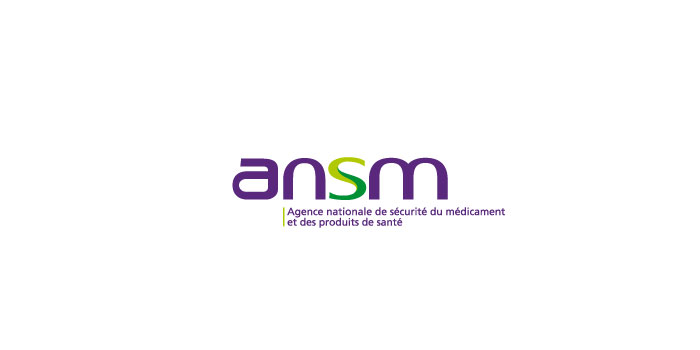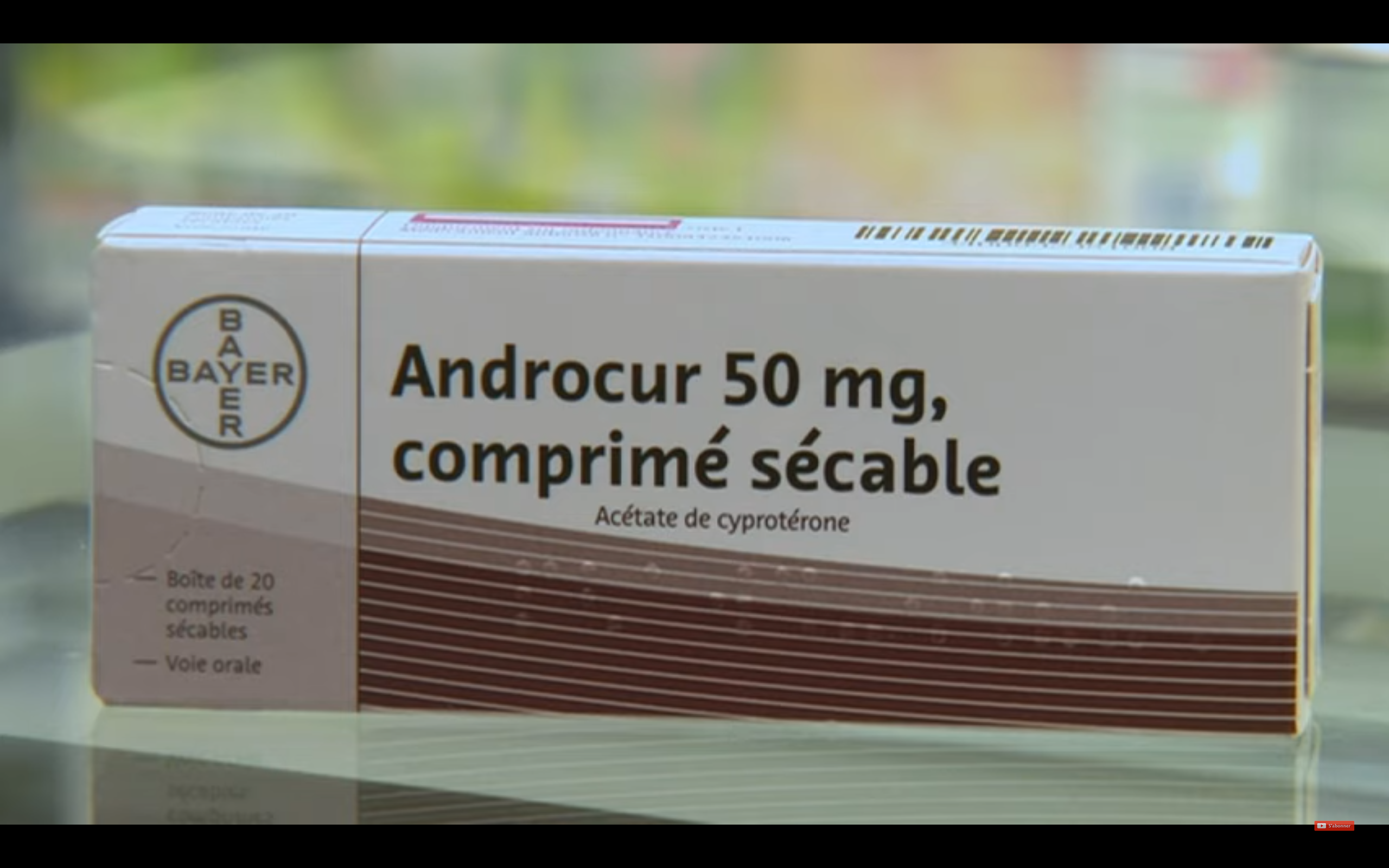With regard to the risk of meningioma associated with cyproterone acetate and following the measures set up in France, the National Agency for the Safety of Medicines and Health Products (ANSM) triggered in July 2019 a European re -evaluation of the benefit/risk ratio of drugs containing Cyproterone acetate. The Risk Assessment Committee on Pharmacovigilance (PRAC) of the European Medicines Agency (EMA) has recommended this week to restrict the conditions of use of cyproterone acetate.
In view of the PRAC recommendations, it comes out for drugs based on cyproterone acetate available in France, that:
- The indication of Cyproterone Acetate 50 mg (Androcur and its generics) must be restricted to severe hirsutisms after failure of the alternatives. The indication of cyproterone acetate 50 mg and 100 mg in prostate cancer is unchanged;
- As a precaution, drugs based on cyproterone acetate with weak dosages, ethinylestradiol/cyproterone acetate (Diane 35 and its generics) and estradiol/Cyproterone (Climene), must be contraindicated in the event of existence or history of meningioma;
- The main results of the health insurance study, which detail the risk of meningioma according to the dose and the duration of use, must be mentioned in the summary of the characteristics of the product of all the products containing cyproterone acetate;
- The prescription conditions and recommendations on monitoring users of Cyproterone acetate (50 and 100 mg) issued by the ANSM in 2018 and 2019 remain unchanged ( see information point ). As a reminder, an information certificate must be signed each year by the patient and his prescribing doctor and be given to the pharmacist for any issuance of these drugs.
The launch of this European re-evaluation of profit / risk at the ASM's request follows the publication of the pharmaco-epidemiological study carried out by health insurance and the scientific interest group (GIS) EPI-Phare in cooperation with the neurosurrian service of the Lariboisière hospital. This study made it possible to clarify the relationship between taking cyproterone acetate and the occurrence of meningioma (see information point ).
PRAC recommendations will be subject to the approval of the coordination group of mutual and decentralized recognition procedures (CMDH) in March. A letter will be sent to healthcare professionals at the end of the European procedure so that they are aware of the recommendations and inform their patients.
Reminder of the national recommendations for use and clinical surveillance applying to the Androcur (cyproterone acetate) and generic specialty, and which remain unchanged:
General recommendations
- Off-Amm indications such as acne, seborrhea and moderate hirsutism are to be avoided;
- The use of cyproterone acetate in children and menopausal women is not recommended;
- The prescription (indication and dosage) must be reassessed annually taking into account the individual benefit / risk ratio and the evolution of symptoms;
- The minimum effective dosage to control the symptoms should be used;
- Prolonged and high doses are to be avoided (cumulative dose effect with risk multiplied by 7 for all patients treated for more than 6 months and risk multiplied by 20 beyond 5 years of dosage treatment of 50 mg/d on a cycle).
Radiological monitoring in the context of treatment
- Brain imaging by MRI (magnetic resonance imaging) should be carried out at the start of treatment for all patients;
- In the event of continuation of treatment, MRI will be renewed at 5 years then every 2 years if the MRI at 5 years is normal
- Information on the ANSM website here
- Article on the daily life of the doctor (paying) here article on Doctissimo (free) here
- Article on Sciences et Avenir (free) here
Find the other Amavea articles here





